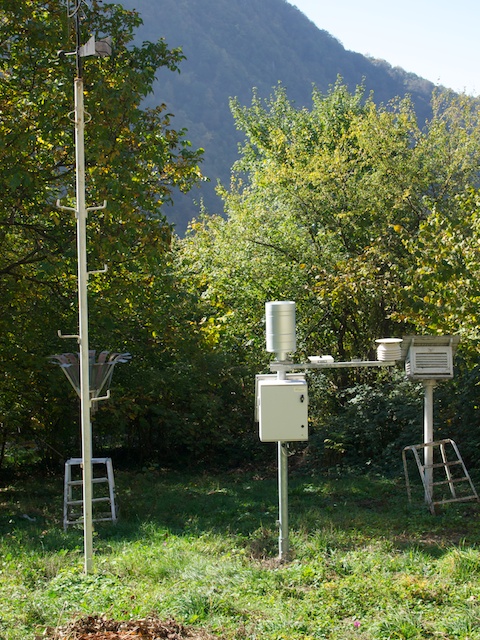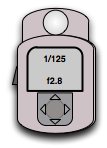2.2. 0: Measuring abiotic components of the system
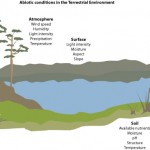 To a large extent it is the physical (abiotic) conditions within any environment that controls the plant and thus the animal (biotic) community that develops. In terrestrial ecosystems physical conditions in the atmosphere, at the surface and within the soils all interact to create the conditions that give rise to vegetation that develops.
To a large extent it is the physical (abiotic) conditions within any environment that controls the plant and thus the animal (biotic) community that develops. In terrestrial ecosystems physical conditions in the atmosphere, at the surface and within the soils all interact to create the conditions that give rise to vegetation that develops.
The same is true of aquatic ecosystems where the physical conditions again give rise to conditions that directly influence the biotic communities which establish.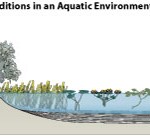
To make these links between the physical environment and
the biotic communities, ecologist and environmental scientist need to be able to measure the abiotic conditions. Often this can be done with rather simple equipment, though some of the abiotic conditions need more complex equipment to measure in the field or sample need to be taken back to the lab for more accurate analysis.
Equipment to measure abiotic conditions
| Temperature | Wind Speed | Humidity |
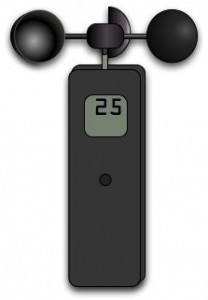 Wind speed can be measured easily with a hand held anemometer Wind speed can be measured easily with a hand held anemometer
Some digital version even give a choice of speed readings in Knots, mph or Km/h |
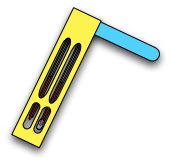 The simplest way to measure humidity in the field is with a wirrling wet and dry bulb hygrometer The simplest way to measure humidity in the field is with a wirrling wet and dry bulb hygrometer |
|
| Precipitation | pH | Light intensity |
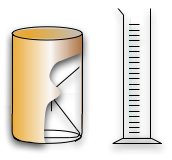 Standardised rain gauges are used to measure the amount of precipitation around the world. Rainfall is measured as the depth of rain (mm) which falls over a given period. Standardised rain gauges are used to measure the amount of precipitation around the world. Rainfall is measured as the depth of rain (mm) which falls over a given period. |
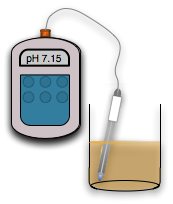 pH of soils, rain, rivers or lake waters can be measured in a number of different ways. Traditionally pH would have been measured with universal indicator liquid or paper for quick evaluation. For more accurate evaluation of p, back titration against known standards is used. However the development of reliable and accurate electronic pH meters means that field ecologists can now make quick but accurate assessments of the prevailing conditions immediately pH of soils, rain, rivers or lake waters can be measured in a number of different ways. Traditionally pH would have been measured with universal indicator liquid or paper for quick evaluation. For more accurate evaluation of p, back titration against known standards is used. However the development of reliable and accurate electronic pH meters means that field ecologists can now make quick but accurate assessments of the prevailing conditions immediately |
Light intensity is measured using photoelectric meter similar to a photographic light meter (exposure meter) found in a camera. Light values can be measured as wavelength, energy of as relative values such as Lux and luminance. Measuring light intensity is very useful tool when undertaking vegetation ecology especially within forest ecosystems. |
| Salinity | Turbidity | |
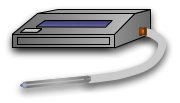 |
 |
